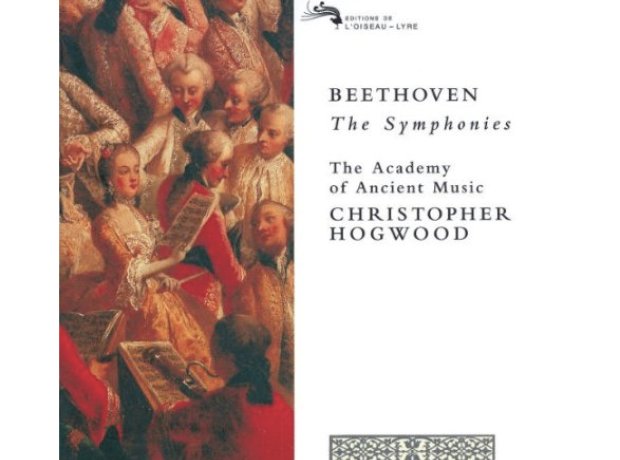

His feeling for clarity of outline and of structure predominant over Toscanini’s tempos were generally fast, his manner sinewy and decisive, But the sound is never ideal, and that’s the price you pay forĮntering an existence of greater intensity than your own. Solidity in the basses and cellos and more air around the winds andīrass. Live broadcasts), and the sound gets better-warmer, with greater You listen with good headphones, the experience is so intense that it’sĪfter 1950, RCA recorded the orchestra at Carnegie Hall (mainly during You are close, very close, to the musicians. To my ears, the restoration reveals theĬharacteristic, unreverberant sound of the recording space, Studio 8-HĪt 30 Rock, but also a clear and beautiful reproduction of instrumental If you scrape away all that, you get close to what Original sound-that is, the effects accumulating from attempts to

That he has used digital techniques not to only remove clicks and hissesīut to remove a patina of effects from the mastering and equalizing of the The audio engineer who performed the restorations, Paul Howard, tells me

The noise floor of the recording system.” (look for that heading), in which the music has been “restored down to Performances are available in a new restoration process called 3-D sound
Youtube music beethoven 7th symphony for free#
Recordings are available for free on YouTube, including the marvelousīeethoven’s Seventh with the New York Philharmonic, from 1936, and theĮntire Beethoven symphony cycle, from 1939, with the NBC Symphony. Performances, are available from music sites such as ArkivMusic (thoughĪt a higher collective price). I have some quarrels with the choices, which were made by Sachs and byĬhristopher Dyment (a historian of conducting styles), and I hasten toĪdd that virtually all the selections, and many other Toscanini The conductor Arturo Toscanini is now largely forgotten, except by people who like their classical music lean, suave, and fierce. Philharmonic and the Philadelphia Orchestra. Several others-among the greatest ones-were made with the New York RCA created for Toscanini and that he conducted from 1937 to 1954, but Of the recordings were made with the NBC Symphony, the orchestra that Wagner-opera excerpts that Toscanini did with hair-raising effect. Strauss, complete operas by Verdi and Puccini, and a selection of Recordings.” The collection includes symphonies by Haydn, Mozart,īeethoven, and Brahms, orchestral pieces by Mendelssohn, Berlioz, and Toscanini’s performances in a new twenty-CD box called “The Essential “ Toscanini: Musician of Conscience,” and Sony Classical, which has taken over the old RCA Victor catalogue, has reissued some of Mark the anniversary: the music historian Harvey Sachs, who wrote aīiography of Toscanini in 1987, has produced a completely new book, South of Milan, in 1867, and died in New York, in 1957. Is Toscanini’s hundred and fiftieth birthday he was born in Parma, World and who is now largely forgotten, except by people who like theirĬlassical music lean, suave, and fierce. Toscanini, who was once one of the most celebrated musicians in the They offer up a music of pure Beethovenian ambition, beauty, humor, and relentless energy that thrills and fascinates audiences to this day.In this week’s magazine, I have an article about the conductor Arturo While the Seventh Symphony quickly overshadowed the Eighth in popularity and number of performances (the Allegretto of the Seventh came to be performed separately and was perhaps Beethoven’s most popular orchestral composition) both works reveal the composer in the third and most masterful period of his career. 7 in A Major was premiered in an extraordinarily successful benefit concert given in honor of soldiers wounded in the battle of Hanau, alongside the premiere of Wellington’s Victory, his “Battle Symphony.” Then in a concert on February 27, 1814, these same two works (by that time extremely popular) accompanied the premiere of Beethoven’s Symphony No. After years of war and Napoleon’s 18 occupations of Vienna, in 1812 victory was finally close at hand! In 18, Beethoven delivered two symphonies marked by this jubilant atmosphere. When Beethoven was composing his Seventh and Eighth Symphonies, a need for celebration was in the air.


 0 kommentar(er)
0 kommentar(er)
